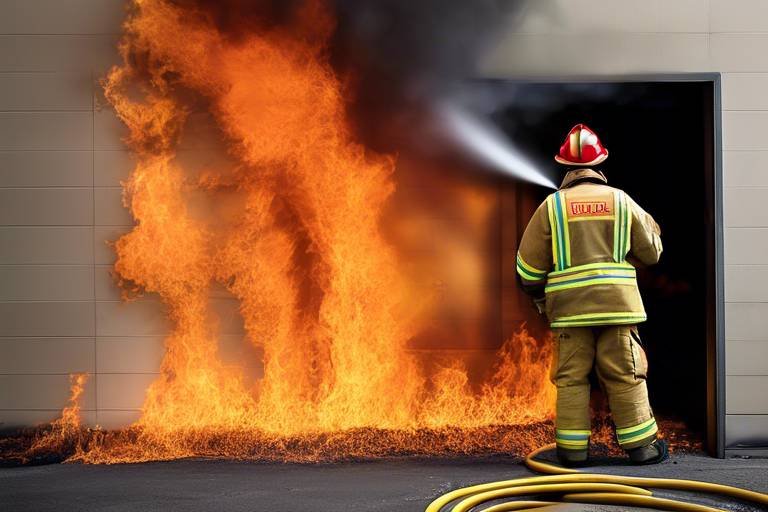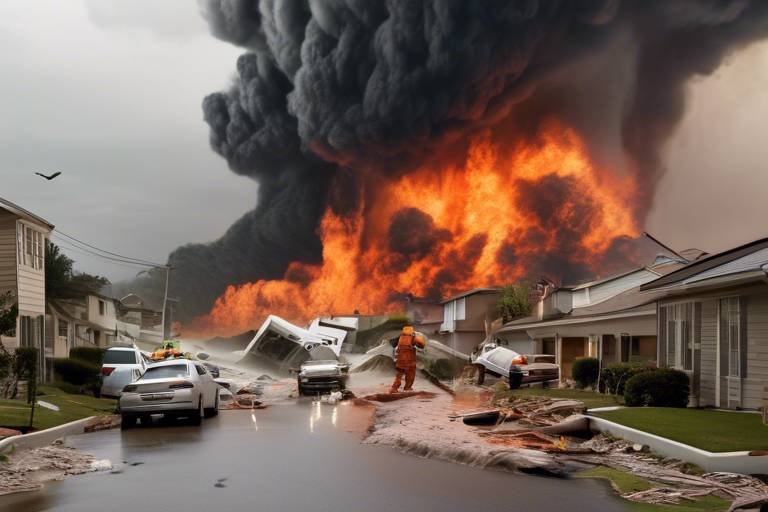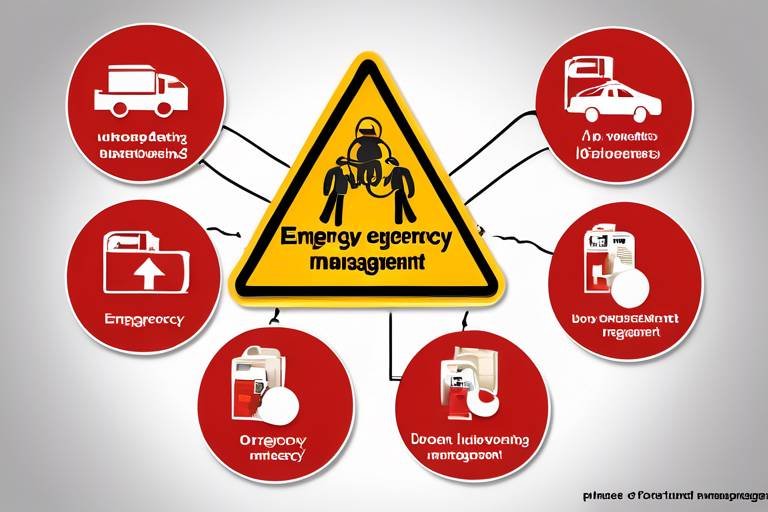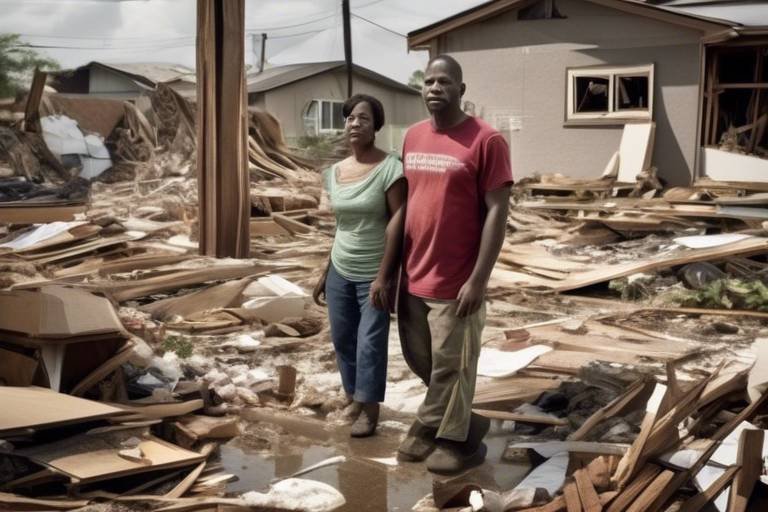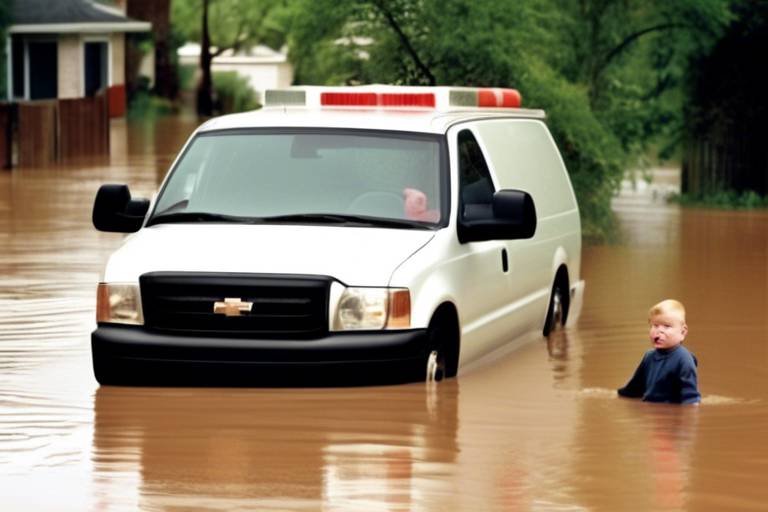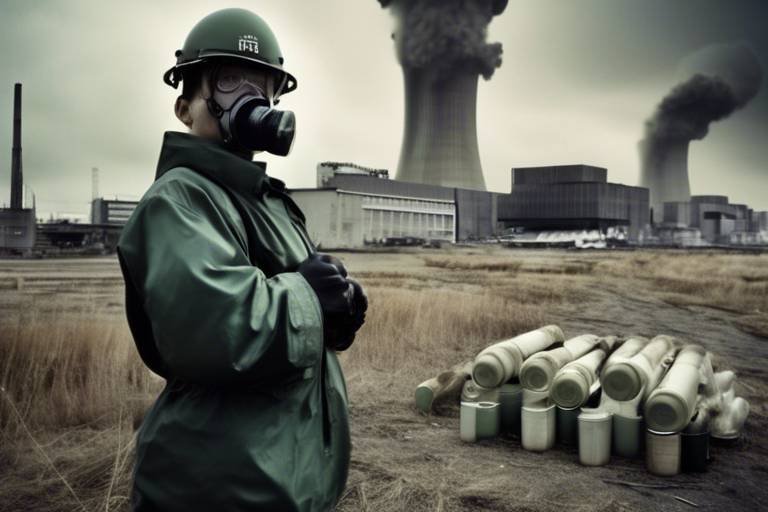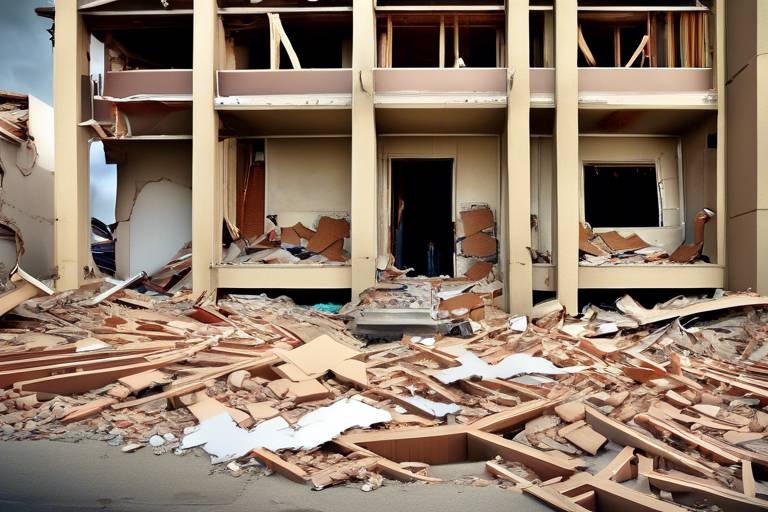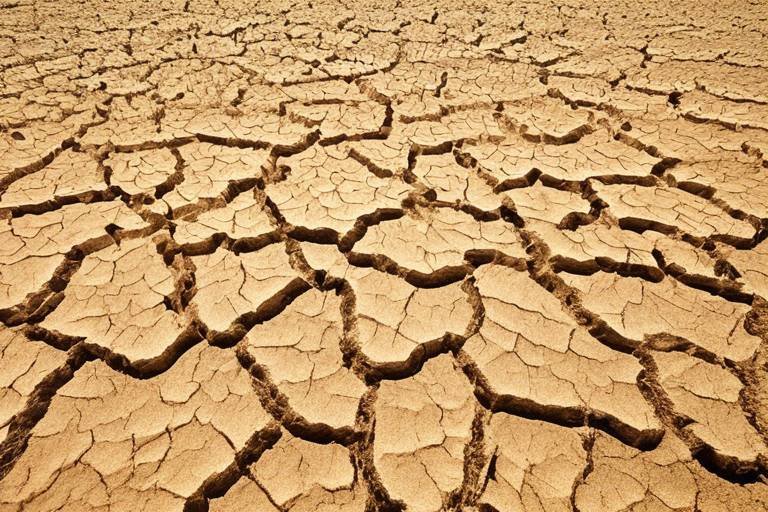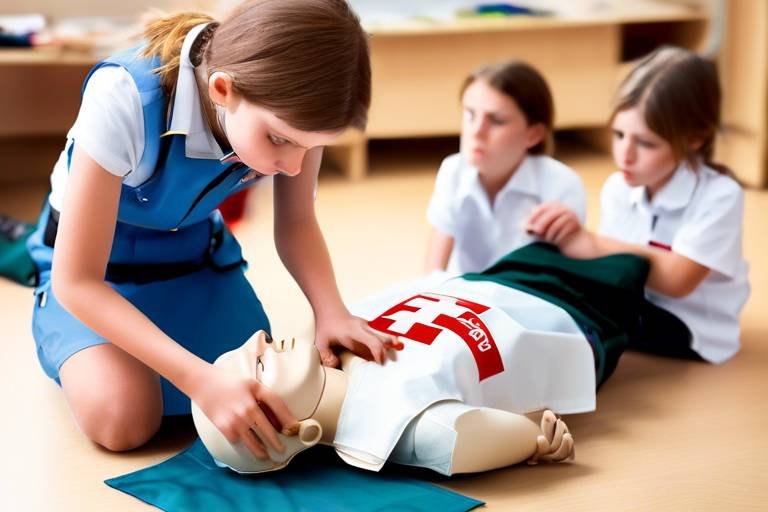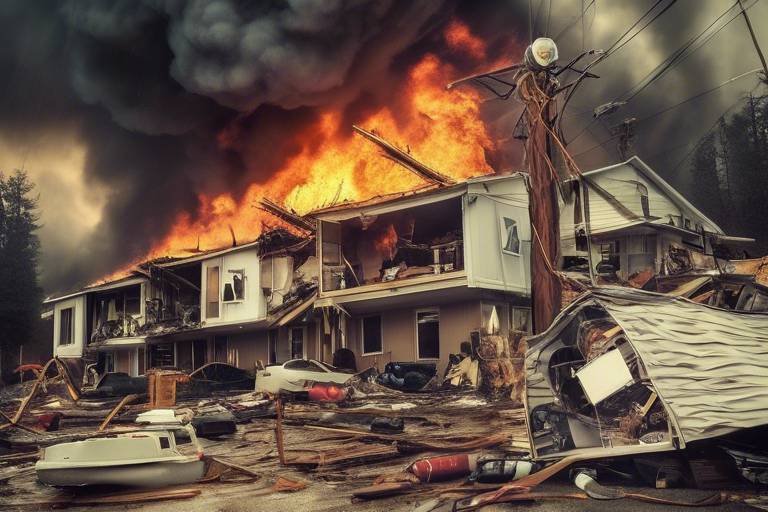How to Prep Your Cabin for Emergencies
When it comes to preparing your cabin for emergencies, the stakes are high. You might think that a cozy cabin in the woods is a safe haven, but the reality is that unexpected situations can arise at any moment. From sudden weather changes to wildlife encounters, having a solid plan in place can make all the difference. So, how do you transform your cabin into a fortress of safety and readiness? In this article, we’ll explore essential steps and practical tips that will not only ensure your safety but also enhance your cabin's resilience against unforeseen events. Think of it as your cabin’s emergency makeover, where you get to play the role of both the designer and the guardian. Let’s dive in!
Before you can effectively prepare for emergencies, it’s crucial to understand the potential threats that could impact your cabin. This isn’t just about worrying; it’s about being proactive. Depending on your cabin's location, you might face a variety of risks. For instance, if you're nestled in a mountainous area, you may be more susceptible to landslides or avalanches. Alternatively, if your cabin is near a body of water, flooding could be a significant concern. Additionally, wildlife encounters—think bears or snakes—can pose serious risks. By identifying these vulnerabilities, you can tailor your emergency plans to address the specific threats you might face. It’s like being a detective, piecing together clues to ensure your safety.
Now that you've assessed the risks, it’s time to get practical. An emergency kit is a fundamental component of your safety strategy. Imagine being stuck in your cabin during a storm, with no supplies. That’s where your emergency kit comes into play. Start by gathering essential items that will help you survive for at least a few days. This includes food, water, first-aid supplies, and tools. Think of your emergency kit as your survival toolbox; it should have everything you need to weather the storm. Here’s a breakdown of what to include:
When it comes to food, opt for non-perishable items that are easy to prepare. Canned goods, dried fruits, and energy bars are excellent choices. You want to ensure that you have enough supplies to last for several days in case of an emergency. For water, consider how you’ll store it. A good rule of thumb is to have at least one gallon of water per person per day. This might seem like a lot, but it’s better to have too much than not enough. Remember, staying hydrated is crucial for your health and well-being.
In emergencies, having access to clean drinking water can be a game changer. Explore various methods for purifying water, such as:
- Filtration: Use a portable water filter to remove contaminants.
- Boiling: Bringing water to a rolling boil for at least one minute can kill most pathogens.
- Chemical Treatments: Water purification tablets can be effective, but always follow the instructions.
By knowing these methods, you can ensure safe drinking water during emergencies, turning a potential crisis into a manageable situation.
When selecting food for your emergency kit, consider items with extended shelf lives. Some great options include:
- Rice and pasta
- Canned meats and vegetables
- Peanut butter
- Granola and protein bars
These foods are not only easy to store but also require minimal preparation, making them ideal for emergency situations.
No emergency kit is complete without a well-stocked first-aid kit. This can literally mean the difference between life and death. Ensure your kit includes essential items such as:
- Adhesive bandages
- Antiseptic wipes
- Pain relievers
- Emergency instructions
Having these supplies at your fingertips can provide peace of mind and enable you to address injuries quickly if they occur.
Effective communication is vital during emergencies. You want to ensure that your family and friends know how to reach you and vice versa. Start by creating a communication plan that outlines how you will stay in touch during a crisis. This could involve setting up designated meeting points or using specific channels to communicate. Remember, in a high-stress situation, having a plan can help reduce anxiety and confusion.
Compile a list of important contacts, including local emergency services and loved ones. Keep this list in your emergency kit and share it with everyone in your household. This way, you can facilitate quick communication during a crisis, making it easier to coordinate efforts and ensure everyone’s safety.
In our tech-savvy world, don't overlook the power of technology for staying informed. Weather apps and radios can be invaluable for receiving emergency alerts. Ensure your devices are charged and have backup power sources, like solar chargers, to keep you connected even when the power goes out. Think of technology as your modern-day lifeline, keeping you updated and safe.
Regular maintenance is key to preventing emergencies. A well-maintained cabin is less likely to face issues that could escalate into emergencies. From checking the roof for leaks to inspecting the heating system, keeping your cabin in top shape ensures it remains safe and functional. Think of maintenance as your cabin’s health check-up; just like you visit the doctor, your cabin needs its own check-ups too!
Each season brings its own challenges, so understanding these changes is crucial for cabin maintenance. Conduct inspections tailored to the specific needs of each season. For instance, in winter, ensure that your heating system is functioning properly, while summer might require checks on the cooling system and ventilation. By staying ahead of seasonal changes, you can prevent minor issues from turning into major problems.
Lastly, prepare for quick repairs during an emergency. Keep a toolbox stocked with essential tools and materials that can help you address urgent issues. This might include things like duct tape, a hammer, nails, and a flashlight. Having these on hand can save you precious time and stress when every second counts.
Q: How often should I check my emergency kit?
A: It’s best to review your emergency kit every six months to replace expired items and update supplies based on changing needs.
Q: What should I do if I encounter wildlife near my cabin?
A: Keep a safe distance, do not feed them, and use bear-proof trash containers to avoid attracting them.
Q: How can I stay informed about weather emergencies?
A: Use weather apps, local news, and NOAA weather radios to receive timely alerts.
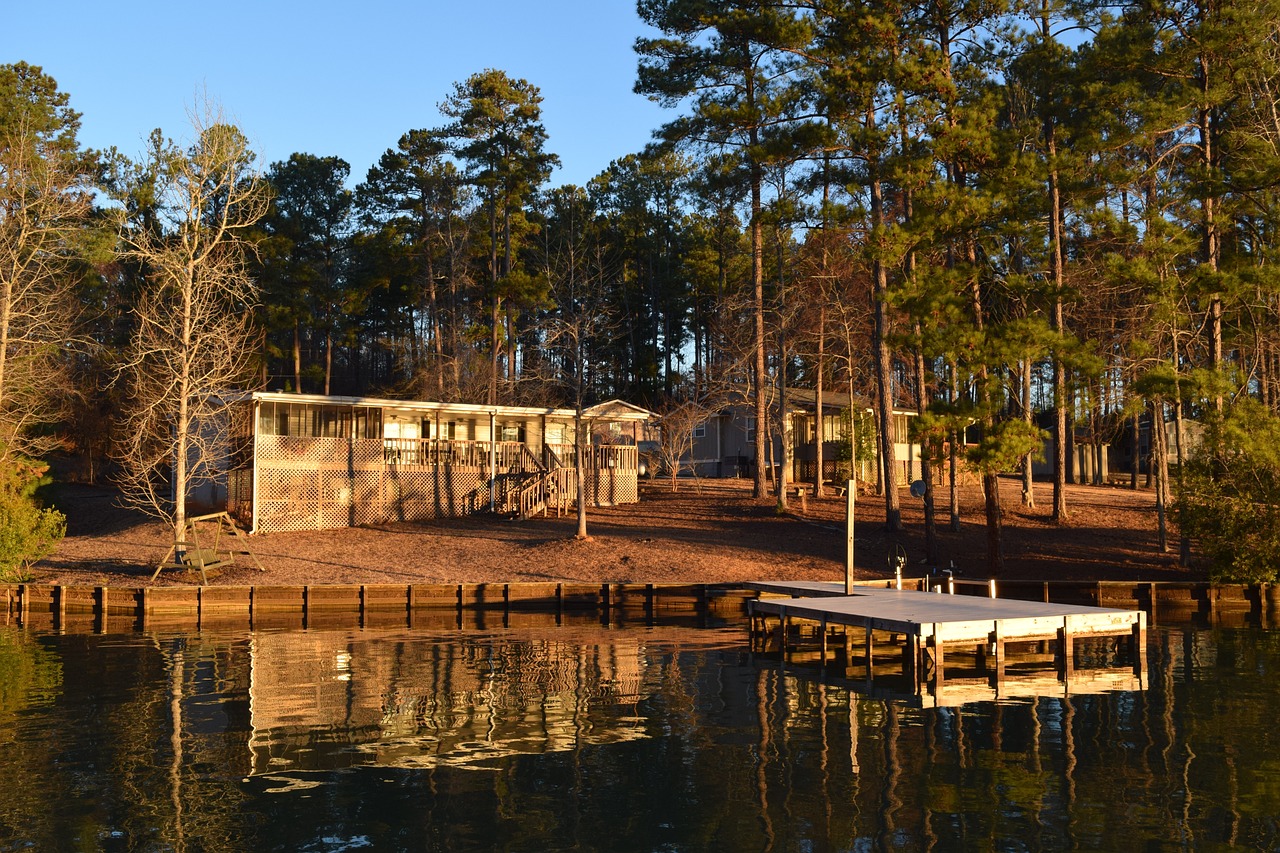
Assessing Risks and Vulnerabilities
This article explores essential steps to prepare your cabin for emergencies, ensuring safety and readiness. Learn practical tips on supplies, communication, and maintenance to enhance your cabin's resilience against unexpected situations.
When it comes to preparing your cabin for emergencies, the first step is understanding the potential threats that could arise in your area. Each location has its own unique set of risks, and being aware of these can make all the difference in how well you respond when the unexpected happens. For instance, if your cabin is nestled in a mountainous region, you might be more susceptible to landslides or wildfires. On the other hand, those near lakes or rivers should consider the risks of flooding or severe storms. It's essential to conduct a thorough risk assessment by taking into account not just natural disasters but also human-made emergencies, such as power outages or even theft.
To get started, you can create a simple table to help visualize the risks associated with your cabin's location. Consider the following factors:
| Risk Type | Likelihood | Potential Impact |
|---|---|---|
| Wildfires | High | Destruction of property, evacuation |
| Flooding | Medium | Water damage, isolation |
| Severe Weather | High | Roof damage, power outages |
| Wildlife Encounters | Medium | Injury, property damage |
Once you've identified the risks, it’s crucial to evaluate your cabin's vulnerabilities. This means looking at the structure itself and determining where it might be weak against specific threats. For example, is your roof sturdy enough to withstand heavy snow or high winds? Are your windows reinforced to prevent break-ins or damage from flying debris? Addressing these vulnerabilities can significantly increase your cabin's resilience.
Additionally, consider the surrounding environment. Are there trees close to your cabin that could fall during a storm? Is the area prone to landslides? Understanding these environmental factors can help you take proactive measures, such as clearing away hazardous trees or reinforcing your cabin's foundation.
Finally, don't forget about the importance of community awareness. Engage with your neighbors to discuss common risks and share strategies for emergency preparedness. Sometimes, just knowing that you have a support network nearby can provide peace of mind and enhance your overall readiness. After all, in emergencies, teamwork can be your best asset!
An emergency kit is vital for survival. This section outlines essential items to include, such as food, water, first-aid supplies, and tools, ensuring you are well-prepared for any situation.
Learn how to select non-perishable food items and adequate water storage solutions. This subsection emphasizes the importance of having enough supplies to last for several days during an emergency.
Explore various methods for purifying water, including filtration, boiling, and chemical treatments, to ensure safe drinking water during emergencies.
Discover food options that have extended shelf lives and are easy to prepare, making them ideal for emergency situations.
A well-stocked first-aid kit can save lives. This part highlights the critical components of a first-aid kit, including medications, bandages, and emergency instructions.
Effective communication is key during emergencies. This section discusses how to create a communication plan with family and friends, ensuring everyone knows how to stay connected.
Learn how to compile a list of important contacts, including local emergency services and loved ones, to facilitate quick communication during a crisis.
Explore technology options for receiving emergency alerts, such as weather apps and radios, to stay informed about potential dangers.
Regular maintenance can prevent emergencies. This section covers essential upkeep tasks, from checking the roof to inspecting the heating system, to ensure your cabin remains safe and functional.
Understanding seasonal changes is crucial for cabin maintenance. This part discusses how to conduct inspections tailored to each season's specific needs and challenges.
Learn how to prepare for quick repairs during an emergency, including tips on tools and materials that should always be on hand to address urgent issues.
Q: What should I include in my emergency kit?
A: Your emergency kit should include food, water, a first-aid kit, flashlights, batteries, and tools. Don't forget to add personal items like medications and important documents.
Q: How often should I check my emergency supplies?
A: It's a good idea to check your emergency supplies at least twice a year to ensure everything is still in good condition and hasn't expired.
Q: What are the best food options for emergencies?
A: Non-perishable items like canned goods, dried fruits, nuts, and freeze-dried meals are excellent choices as they have long shelf lives and require minimal preparation.
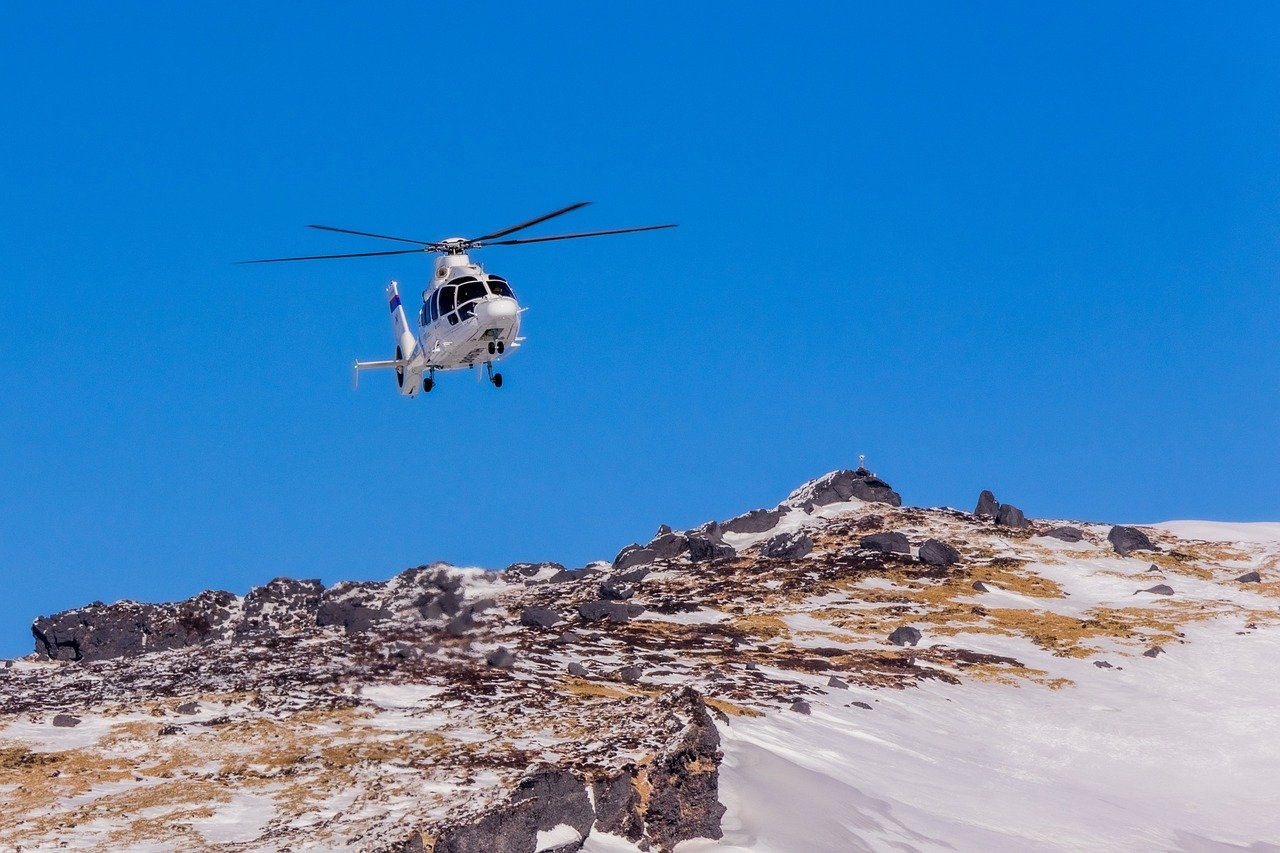
Creating an Emergency Kit
When it comes to ensuring your safety during emergencies, creating a well-stocked emergency kit is absolutely essential. Think of it as your survival toolbox, ready to tackle whatever challenges come your way. But what exactly should you include in this kit? Let's break it down into crucial components that will keep you and your loved ones safe.
First and foremost, you need to consider the basics: food and water. These are your lifelines during any emergency situation. Ideally, you should have at least a three-day supply of non-perishable food items. Think canned goods, dried fruits, and energy bars that can withstand the test of time. When it comes to water, aim for a gallon per person per day, stored in sturdy containers. It's not just about quantity; it's about quality too. You might want to include a water purification method in your kit, which we'll discuss later.
Next up, we have the first-aid essentials. A well-stocked first-aid kit can be a game changer in emergencies. It should contain items like bandages, antiseptic wipes, pain relievers, and any personal medications you or your family members might need. You never know when you might need a quick fix, so having these items on hand is crucial. Here's a quick overview of what to include:
| First-Aid Item | Purpose |
|---|---|
| Adhesive Bandages | For minor cuts and scrapes |
| Antiseptic Wipes | To clean wounds |
| Pain Relievers | To alleviate discomfort |
| Emergency Instructions | Guidelines for various scenarios |
Now, let’s not forget about tools and supplies. A multi-tool can be invaluable during emergencies, allowing you to tackle various tasks without the need for an entire toolbox. Flashlights, batteries, duct tape, and a whistle should also find their way into your kit. These items can help you navigate through dark situations, make quick repairs, or signal for help if needed.
Another important aspect of your emergency kit is communication tools. In a crisis, staying connected can be a challenge. Consider including a battery-powered or hand-crank radio to receive updates on weather and safety alerts. Don’t forget to pack extra batteries, and if you have a portable charger for your phone, toss that in too. You never know how long you might be without power!
Lastly, remember to personalize your kit. Everyone's needs are different, so think about what additional items might be necessary for your family. If you have pets, for instance, include food and supplies for them as well. Keeping your emergency kit updated and tailored to your specific circumstances will ensure you're prepared for anything life throws your way.
In summary, creating an emergency kit is not just about gathering supplies; it’s about preparing for the unexpected. By taking the time to carefully select your items and keep them organized, you’re not only safeguarding your well-being but also giving yourself peace of mind. So, get started on your emergency kit today and make sure you’re ready for whatever comes next!

Food and Water Supplies
When it comes to prepping your cabin for emergencies, one of the most critical aspects is ensuring you have adequate food and water supplies. Imagine being stuck in your cabin during a snowstorm or a natural disaster; the last thing you want is to run out of essentials. Having a well-thought-out supply of non-perishable food and sufficient water storage can make all the difference in your survival and comfort during tough times.
Start by selecting non-perishable food items that are nutrient-dense and easy to prepare. Canned goods, dried fruits, nuts, and freeze-dried meals are excellent options. When stocking your pantry, aim for a variety of foods that can cater to different tastes and dietary needs. This variety not only keeps morale high during stressful situations but also ensures that you have the necessary nutrients to maintain your energy levels. Here’s a quick look at some food categories you should consider:
- Canned Goods: Beans, vegetables, fruits, and meats.
- Dried Foods: Pasta, rice, and grains.
- Snacks: Trail mix, granola bars, and jerky.
Now, let’s talk about water. Water is arguably the most essential resource in any emergency situation. It’s recommended to have at least one gallon of water per person per day for at least three days. This is just a baseline; if you can store more, do it! Consider using large, food-grade water containers or even rain barrels if your cabin is equipped for it. Always keep in mind that water can be used for more than just drinking—cooking, cleaning, and personal hygiene are also crucial during emergencies.
To ensure your water supply remains safe and usable, familiarize yourself with water purification methods. In a pinch, you can filter water using cloth, boil it for at least one minute, or use chemical treatments like iodine tablets. Each method has its pros and cons, so it’s essential to know which one works best for your situation. Here’s a quick overview of these methods:
| Method | Details |
|---|---|
| Filtration | Quick and effective; use a portable filter designed for removing bacteria and protozoa. |
| Boiling | Simple and reliable; boil for at least one minute (or three minutes at higher altitudes). |
| Chemical Treatments | Use iodine or chlorine tablets; follow instructions for effectiveness. |
In summary, preparing your cabin with adequate food and water supplies is not just about stocking up—it's about planning for the unexpected. By selecting the right items and familiarizing yourself with purification methods, you can ensure that you and your loved ones will remain safe and nourished, no matter what challenges arise. Remember, being prepared is the best way to face any emergency head-on!
Q: How long should my food supplies last in an emergency?
A: It's advisable to have at least a three-day supply of food for each person in your cabin. However, having enough for a week or more is even better.
Q: What types of food should I avoid for long-term storage?
A: Avoid foods that are high in sugar, as they can spoil quickly. Also, steer clear of foods that require refrigeration unless you have a plan for maintaining a cold supply.
Q: How can I ensure my water supply is safe?
A: Always store water in clean, food-grade containers. Use purification methods like boiling or chemical treatments if you suspect contamination.

Water Purification Methods
When it comes to ensuring safe drinking water during emergencies, understanding is absolutely essential. You might find yourself in a situation where clean water is not readily available, and knowing how to effectively purify water can be the difference between health and illness. There are several methods you can employ, each with its own advantages and considerations.
One of the most straightforward techniques is boiling. This method involves bringing water to a rolling boil for at least one minute (or three minutes at higher altitudes). Boiling is effective in killing most pathogens, including bacteria, viruses, and parasites. However, it does require a heat source, so it's crucial to have a reliable way to start a fire or use a stove during emergencies.
If you're looking for a more portable solution, consider using a water filter. These devices come in various forms, from simple straw filters to more complex pump systems. They can remove bacteria, protozoa, and sediment, making them a great option for outdoor enthusiasts. Just be sure to check the specifications of the filter to ensure it meets your needs, as not all filters can eliminate viruses.
Another effective method is chemical treatment. This usually involves the use of iodine or chlorine tablets, which can disinfect water effectively. While this method is convenient and lightweight, it does have a few drawbacks. For instance, it typically requires a waiting period before the water is safe to drink, and some people may have sensitivities to these chemicals. Therefore, it’s wise to have a backup method available.
For those who prefer a more natural approach, solar disinfection is an intriguing option. This method involves filling clear plastic bottles with water and placing them in direct sunlight for several hours. The UV rays from the sun can kill pathogens effectively, making it a sustainable choice for purifying water when you're in a pinch. However, keep in mind that this method is weather-dependent and may not be feasible in cloudy conditions.
Lastly, it's important to remember that combining methods can enhance water safety. For instance, you might boil water first to eliminate pathogens and then use a filter to remove any remaining particulate matter. This layered approach can provide peace of mind, especially when you're unsure of the water source's safety.
In summary, having a solid understanding of these water purification methods can significantly enhance your cabin's emergency preparedness. Whether you choose to boil, filter, chemically treat, or use solar disinfection, ensuring access to clean water is a critical step in staying safe during unforeseen situations.
Q: How long should I boil water to purify it?
A: Boil water for at least one minute; three minutes at altitudes above 6,500 feet.
Q: Can I use regular household bleach to purify water?
A: Yes, but make sure to use unscented bleach and follow guidelines for dilution.
Q: How do I know if my water filter is effective?
A: Check the manufacturer's specifications to ensure it removes the contaminants you’re concerned about.
Q: Is solar disinfection effective in all weather conditions?
A: No, solar disinfection requires direct sunlight and may not work well on cloudy days.
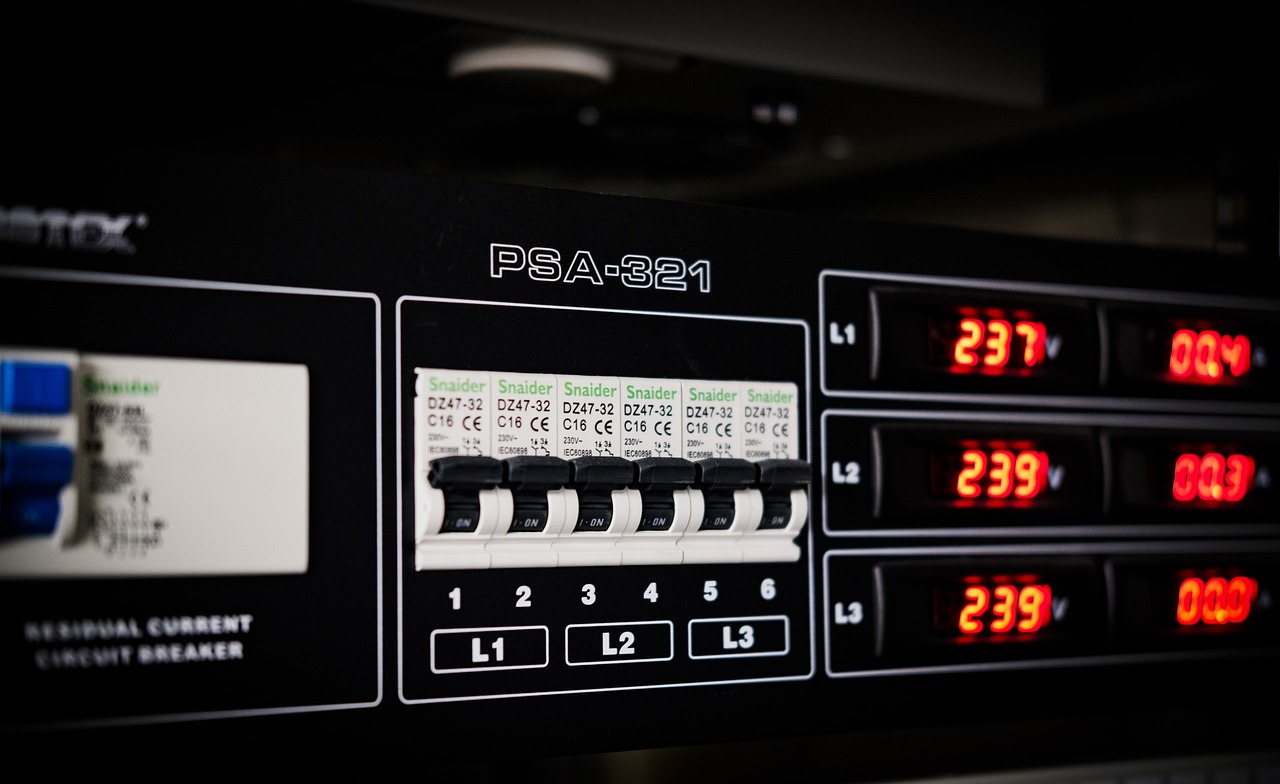
Long-lasting Food Options
When it comes to preparing your cabin for emergencies, one of the most crucial aspects is ensuring you have . The unpredictability of emergencies means you might be cut off from supplies for days or even weeks. Therefore, stocking up on non-perishable food items is essential to keep you and your loved ones nourished and energized. Imagine being stranded with nothing to eat – it's a nightmare scenario that can be easily avoided with a bit of foresight.
So, what types of food should you consider? Start with canned goods, which are a staple in any emergency kit. They are not only easy to store but also have a long shelf life, typically lasting anywhere from 2 to 5 years. Look for items like:
- Beans
- Vegetables
- Soups
- Fruit
These foods are packed with nutrients and can be eaten straight from the can or heated up if you have a means to cook. Another excellent option is freeze-dried meals. They are lightweight, easy to prepare, and can last up to 25 years when stored correctly. Just add hot water, and you have a warm meal ready in minutes!
Don't forget about grains! Items like rice, pasta, and oats are fantastic for your emergency food supply. They are versatile and can be paired with other food items for a balanced meal. For instance, you can mix rice with canned beans for a protein-packed dish that will keep you full. Plus, these items can last for years if kept in a cool, dry place.
For those with a sweet tooth, consider adding honey and peanut butter to your supplies. Honey never spoils and can provide a quick energy boost, while peanut butter is rich in protein and can be eaten on its own or spread on crackers. Lastly, don't overlook the importance of snacks. Granola bars, trail mix, and jerky are excellent for quick energy and can be easily stored in your emergency kit.
In summary, having a variety of long-lasting food options not only ensures you won't go hungry during an emergency but also keeps your morale high. The right food can make a challenging situation a bit more bearable, so take the time to stock up wisely. Remember, the goal is to have enough food to last for at least a week, if not longer. This preparation can be the difference between a stressful situation and a manageable one.
1. How long can canned food last?
Most canned foods can last between 2 to 5 years, depending on the type and storage conditions. Always check the expiration date and store them in a cool, dry place.
2. What is the best way to store grains?
Grains should be stored in airtight containers in a cool, dry environment. Vacuum sealing is an excellent option for extending their shelf life.
3. Are freeze-dried meals healthy?
Yes! Freeze-dried meals can be very nutritious, but it's essential to read labels to ensure they meet your dietary needs. Look for options that are low in sodium and high in protein.
4. Can I eat food past its expiration date?
While some foods may still be safe to eat after their expiration date, it's crucial to inspect them for any signs of spoilage. When in doubt, it's better to err on the side of caution.
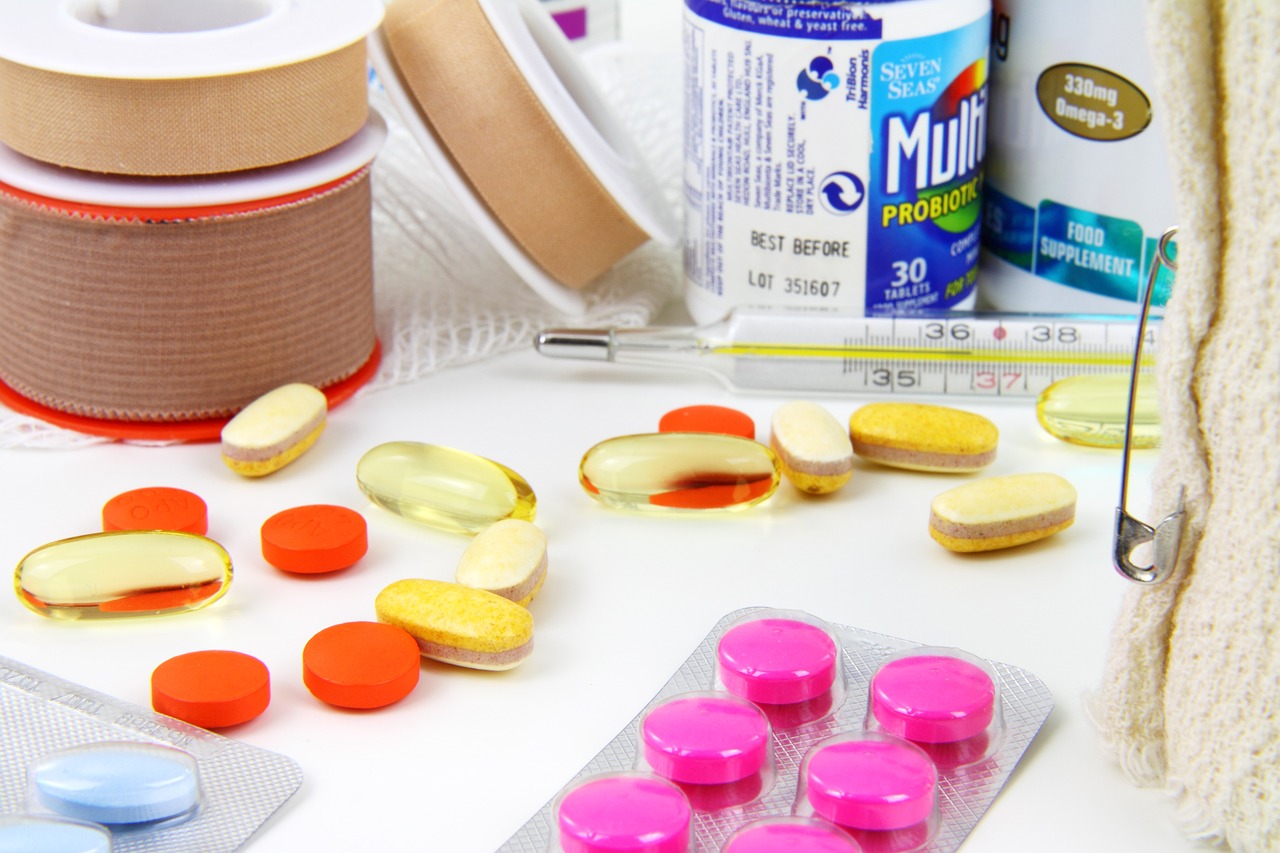
First-Aid Essentials
When it comes to emergencies, having a well-stocked first-aid kit can be the difference between a minor mishap and a major crisis. Imagine you're out in your cozy cabin, surrounded by nature, when an unexpected accident occurs—perhaps a slip while hiking or a cut from a sharp tool. This is where your first-aid kit steps in as your best friend, ready to assist you in addressing injuries quickly and effectively. It's not just about having a few band-aids; it's about being prepared for various situations that could arise.
To create a comprehensive first-aid kit, you should include several critical components. Think of these essentials as your safety net, ensuring that you can handle common injuries and health issues that might occur in a remote setting. Here’s a breakdown of what to include:
- Medications: Over-the-counter pain relievers, antihistamines for allergic reactions, and any personal prescriptions should be part of your kit.
- Bandages and Dressings: A variety of sizes, including adhesive bandages, gauze pads, and elastic bandages, are essential for treating cuts and sprains.
- Antiseptics: Solutions like hydrogen peroxide or alcohol wipes help clean wounds and prevent infections.
- Emergency Instructions: A clear set of instructions for common first-aid procedures can be invaluable, especially in high-stress situations.
In addition to these items, consider adding tools that can assist in emergency situations. A pair of scissors, tweezers, and a digital thermometer can be incredibly useful. Furthermore, a first-aid manual or app can provide guidance on handling various injuries, making your kit not just a collection of items but a comprehensive resource for safety. Don't forget to regularly check your first-aid kit to ensure that medications are not expired and that supplies are replenished after use.
Remember, the goal of a first-aid kit is to stabilize a situation until professional help can be obtained if necessary. Being prepared means you can act quickly, reducing the risk of complications and ensuring that you and your loved ones remain safe during emergencies. So, take the time to assemble a robust first-aid kit and familiarize yourself with its contents. It’s a small effort that can lead to significant peace of mind when you’re enjoying the great outdoors.
Q: How often should I check my first-aid kit?
A: It's recommended to check your first-aid kit at least every six months to ensure all supplies are intact and medications are not expired.
Q: Can I use my first-aid kit for pets?
A: Yes, you can include pet-specific items in your first-aid kit, such as gauze, antiseptic wipes, and any medications your pet may need.
Q: What should I do if I run out of supplies?
A: Make a list of the items you need to restock and purchase them as soon as possible. It's crucial to keep your first-aid kit fully stocked.
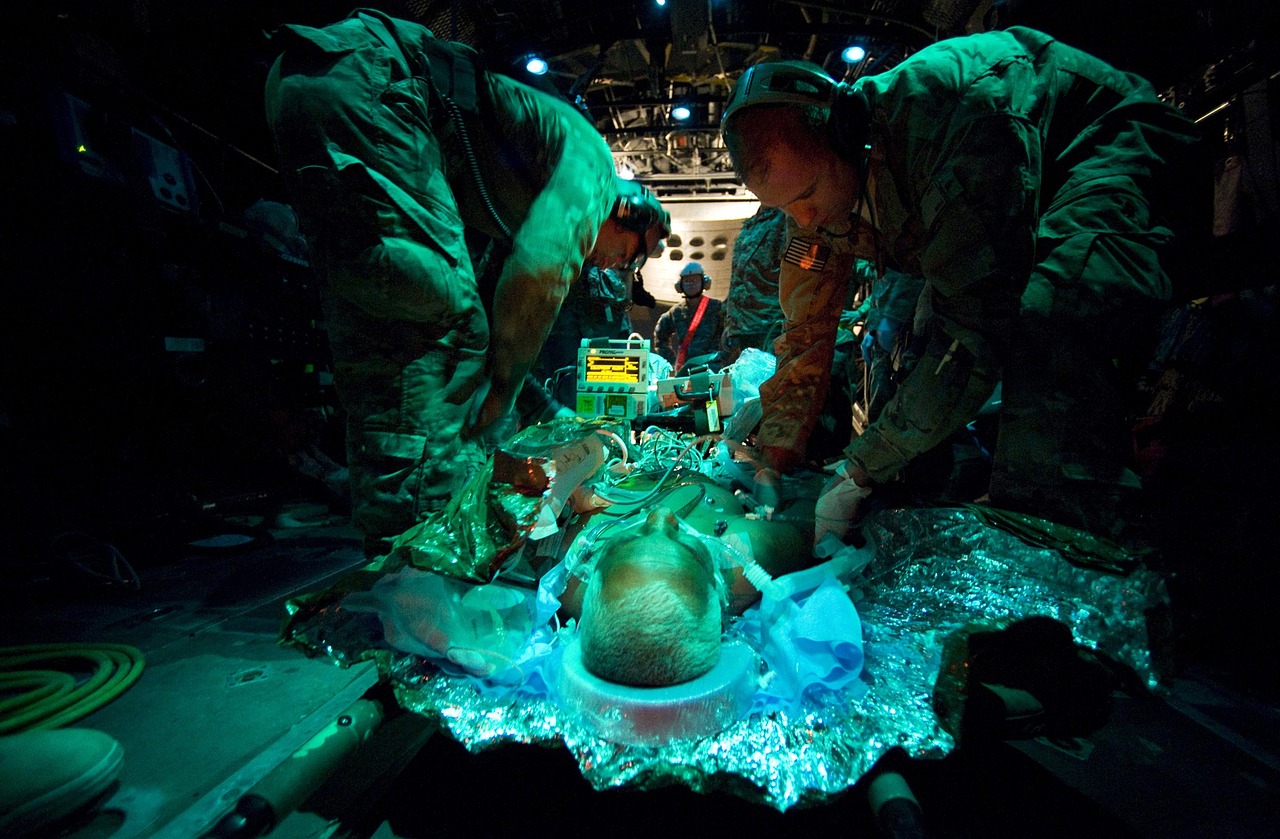
Establishing Communication Plans
When it comes to emergencies, having a solid communication plan can be the difference between chaos and calm. Think of it as your lifeline when the unexpected strikes. Whether you're facing a natural disaster, a power outage, or even a wildlife encounter, knowing how to reach out to loved ones and emergency services can provide peace of mind. So, how do you go about creating a robust communication plan? Let’s break it down into manageable steps.
First off, it’s essential to identify your primary contacts. This includes family members, close friends, and local emergency services. In a crisis, you want to ensure that everyone knows who to reach out to and that contact information is readily available. Consider compiling an emergency contact list that includes names, phone numbers, and email addresses. Keep this list in a visible spot, like on your fridge or in your emergency kit.
Next, think about how you will communicate. In the event of a power outage or cell service disruption, traditional methods like phone calls may not be reliable. This is where alternative communication methods come into play. For instance, consider using text messaging or social media platforms, as they often work even when phone lines are down. Additionally, apps like WhatsApp or Signal can serve as great tools for staying connected.
Furthermore, it's wise to establish a designated meeting point for your family. In case you get separated during an emergency, having a pre-determined location where everyone can gather can save time and reduce stress. Make sure everyone knows how to get there, and consider practicing this plan during a family outing.
Lastly, don't overlook the importance of technology in your communication strategy. There are various tools available to keep you informed about emergencies. For example, weather apps can send alerts directly to your phone, while NOAA weather radios can provide real-time updates. These resources can help you stay ahead of potential dangers and keep your family informed.
In summary, establishing a communication plan is not just about having a list of numbers; it's about creating a comprehensive strategy that ensures everyone stays connected during emergencies. By taking the time to prepare, you can navigate through crises with greater confidence and clarity.
- What should I include in my emergency contact list? Your list should include family members, close friends, local emergency services, and any other crucial contacts like neighbors or caretakers.
- How can I ensure my family knows the communication plan? Regularly review the plan with your family, conduct drills, and keep the contact list in a visible location.
- What technology should I use for emergency alerts? Consider using weather apps, NOAA radios, and social media platforms to receive timely updates and alerts.

Emergency Contact Lists
When it comes to preparing for emergencies, having an Emergency Contact List is a crucial step that often gets overlooked. Think of it as your lifeline during a crisis; it’s the first thing you’ll want to grab when chaos strikes. But what exactly should this list contain? Well, it’s not just about jotting down a few names and numbers. You need to consider a comprehensive approach to ensure that you can reach out to the right people quickly and efficiently.
Start by including local emergency services such as police, fire departments, and hospitals. These are the people who can provide immediate assistance in a crisis. Next, think about family and friends. You want to ensure that you can connect with loved ones, especially if you’re in a remote cabin where cell service might be spotty. Include their names, relationships, and multiple ways to contact them—like phone numbers and email addresses.
It can be helpful to categorize your contacts. For example, you might have sections for emergency services, family contacts, and friends. Here’s a simple table format you could use:
| Category | Name | Contact Number | Email Address |
|---|---|---|---|
| Emergency Services | Local Police | (123) 456-7890 | police@example.com |
| Emergency Services | Fire Department | (123) 456-7891 | firedept@example.com |
| Family | John Doe | (123) 456-7892 | john@example.com |
| Friends | Jane Smith | (123) 456-7893 | jane@example.com |
Make sure to keep this list updated. People move, change numbers, or even shift their email addresses, and you want your information to be current. Consider keeping a physical copy in your emergency kit and a digital version on your phone or cloud storage. This way, you’ll have access to it no matter what happens.
Finally, don’t forget to share this list with your family and friends. It’s all about teamwork in times of crisis. If everyone knows who to contact and how to reach them, it can make a world of difference when every second counts. So, take the time to sit down and create a robust Emergency Contact List. You’ll thank yourself later when you’re prepared for the unexpected!
- What should I do if my contact information changes? Be sure to update your Emergency Contact List immediately and inform anyone who might need it.
- How often should I review my Emergency Contact List? It's a good idea to review your list at least once a year or whenever you have a major life change.
- Can I store my Emergency Contact List digitally? Yes, having a digital copy is a great idea, but make sure it’s secure and accessible even without internet access.

Using Technology for Alerts
In today's fast-paced world, technology plays a pivotal role in keeping us informed, especially during emergencies. Imagine being in the middle of a storm, and instead of waiting for news updates, you receive real-time alerts directly to your smartphone. This is the power of technology in ensuring your safety. By leveraging various tools and applications, you can stay one step ahead of potential dangers. But what technologies should you consider integrating into your emergency preparedness plan?
First and foremost, weather apps are essential. These apps provide timely updates on severe weather conditions, including storms, floods, and heatwaves. Some popular options include The Weather Channel, AccuWeather, and NOAA Weather Radar. Not only do they send push notifications for severe weather alerts, but they also offer detailed forecasts that can help you plan your activities accordingly. Imagine waking up to a notification that a storm is approaching—this can give you precious time to secure your cabin and prepare.
Another crucial technology to consider is emergency alert systems. Many communities have local alert systems that send out notifications via text or email regarding emergencies, such as wildfires or evacuations. Signing up for these services can be a lifesaver, as they provide localized information that might not be covered by broader weather apps. It's like having a personal assistant dedicated to keeping you safe!
Moreover, don’t underestimate the power of social media platforms. Following local news stations or emergency management agencies on platforms like Twitter and Facebook can provide you with real-time updates and community alerts. During emergencies, these channels often serve as a hub for information sharing, where you can also engage with others in your area to stay informed.
Additionally, consider investing in a NOAA weather radio. These devices are specifically designed to receive emergency broadcasts from the National Oceanic and Atmospheric Administration. They can be lifesavers during power outages when traditional communication methods fail. With a NOAA radio, you can tune into continuous broadcasts of weather information, emergency alerts, and safety tips, ensuring you’re always in the loop.
Lastly, remember to keep your devices charged and have backup power sources available. A portable charger can be a game changer during an emergency when power might be out for extended periods. Keeping your devices operational ensures that you can receive alerts and stay connected with loved ones. After all, what's the point of having all this technology if you can’t use it when it matters most?
In summary, utilizing technology for alerts can significantly enhance your emergency preparedness. By incorporating weather apps, emergency alert systems, social media, NOAA radios, and ensuring your devices are charged, you can create a robust safety net for your cabin. The next time a storm brews on the horizon, you'll be ready to respond swiftly and effectively, ensuring your safety and peace of mind.
- What should I do if I receive an emergency alert?
Follow the instructions provided in the alert, and ensure you have your emergency kit ready. - How can I ensure I receive alerts during a power outage?
Invest in a NOAA weather radio and keep portable chargers handy for your devices. - Are there apps that provide alerts for my specific location?
Yes, many weather apps allow you to set alerts based on your location, ensuring you receive relevant updates.
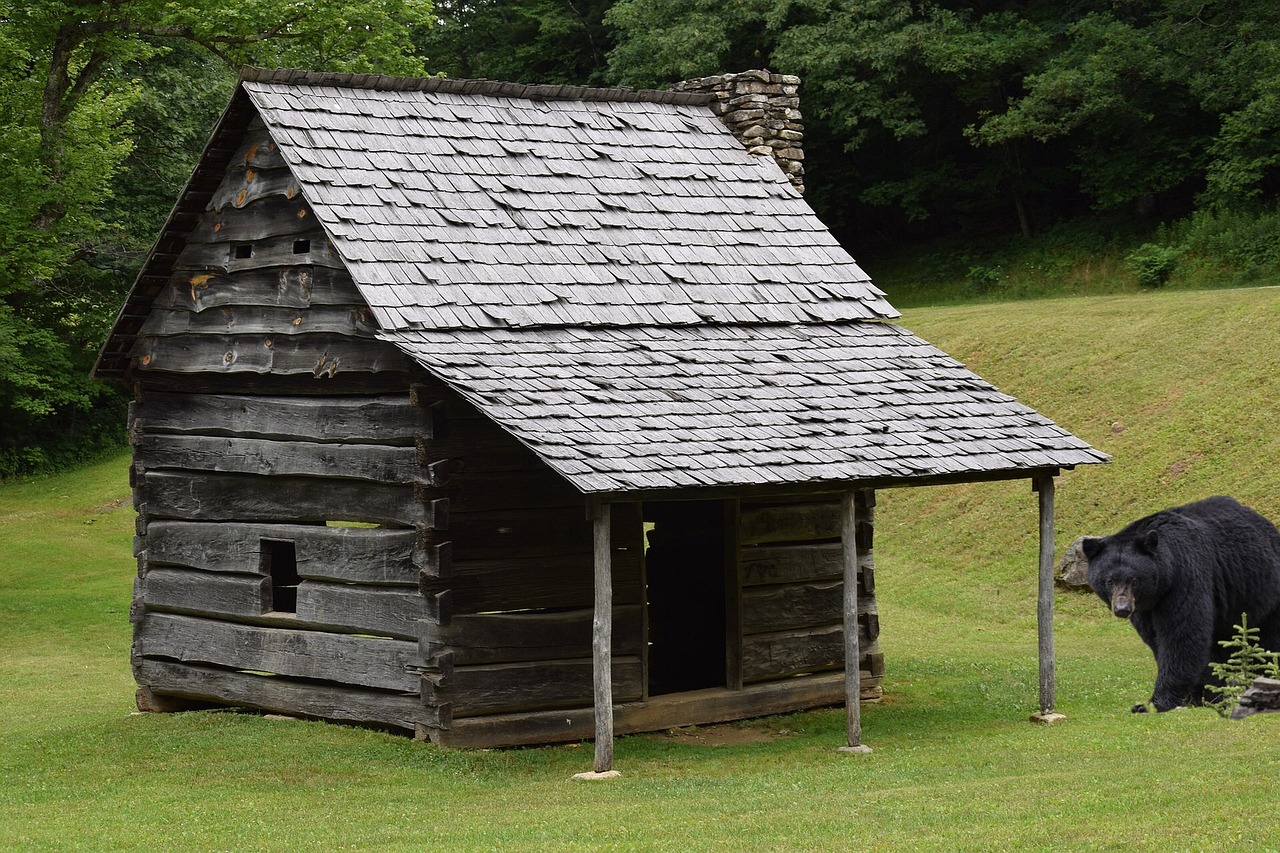
Maintaining Your Cabin
Regular maintenance is the backbone of any cabin's longevity and safety. Think of your cabin as a living organism; it requires care and attention to thrive. By conducting regular checks and maintenance tasks, you can prevent minor issues from escalating into major problems. Imagine waking up one snowy morning to find a leak in your roof or a heating system that won’t start. Not only would that ruin your cozy getaway, but it could also put your safety at risk. So, let’s dive into some essential upkeep tasks that will keep your cabin in tip-top shape.
First things first, it's important to establish a seasonal maintenance schedule. Each season brings its own set of challenges and tasks that need to be addressed. For instance, during the fall, you might want to clear the gutters and inspect the roof for any damage caused by summer storms. In winter, snow buildup can be a significant concern; regularly checking your roof for snow accumulation can prevent structural damage. Spring is the perfect time to inspect for moisture damage and prepare your cabin for the summer months ahead. Each season has its own checklist, and keeping track of these tasks can save you a lot of headaches later on.
Here’s a simple table to help you visualize what needs to be done each season:
| Season | Maintenance Tasks |
|---|---|
| Spring | Inspect for water damage, check plumbing, clean windows |
| Summer | Check air conditioning, inspect for pests, clean the deck |
| Fall | Clear gutters, inspect roof, winterize plumbing |
| Winter | Check heating system, remove snow from roof, inspect insulation |
Another critical aspect of maintaining your cabin is ensuring that all your safety systems are functional. This includes smoke detectors, carbon monoxide detectors, and fire extinguishers. Just as you wouldn’t drive a car without checking the brakes, you should never enter your cabin without ensuring these safety measures are in place. Regularly test these devices and replace batteries as needed. It’s a small effort that can make a huge difference in an emergency.
But maintenance isn't just about checking systems and clearing gutters. It’s also about being prepared for emergencies. This means having the right tools and materials on hand for quick repairs. Imagine a storm hits, and a tree branch falls on your roof. Having a basic toolkit with items like a hammer, nails, tarps, and duct tape can make a world of difference. A well-stocked toolbox can help you address urgent issues quickly, ensuring your cabin remains a safe haven.
Lastly, don’t forget about the exterior of your cabin. Regularly inspect the foundation, siding, and deck for any signs of wear and tear. Depending on your location, you may need to treat the wood to prevent rot or damage from pests. Keeping the outside in good shape not only enhances your cabin’s curb appeal but also protects your investment in the long run.
In summary, maintaining your cabin is an ongoing process that requires attention, care, and a proactive approach. By establishing a seasonal maintenance schedule, ensuring safety systems are functional, being prepared for emergencies, and taking care of the exterior, you can enjoy your cabin worry-free. Remember, a well-maintained cabin is not just a structure; it’s a sanctuary that provides comfort and safety in the great outdoors.
- How often should I inspect my cabin? It's ideal to conduct inspections at least once per season to catch any potential issues early.
- What tools should I keep on hand for maintenance? A basic toolkit should include a hammer, screwdrivers, pliers, a wrench, duct tape, and a first aid kit.
- How can I prevent pest infestations? Regularly check for cracks and gaps in your cabin's structure and seal them. Keeping food stored properly can also help.
- What should I do if I find damage during an inspection? Assess the severity of the damage and make immediate repairs if necessary. For significant issues, consider hiring a professional.
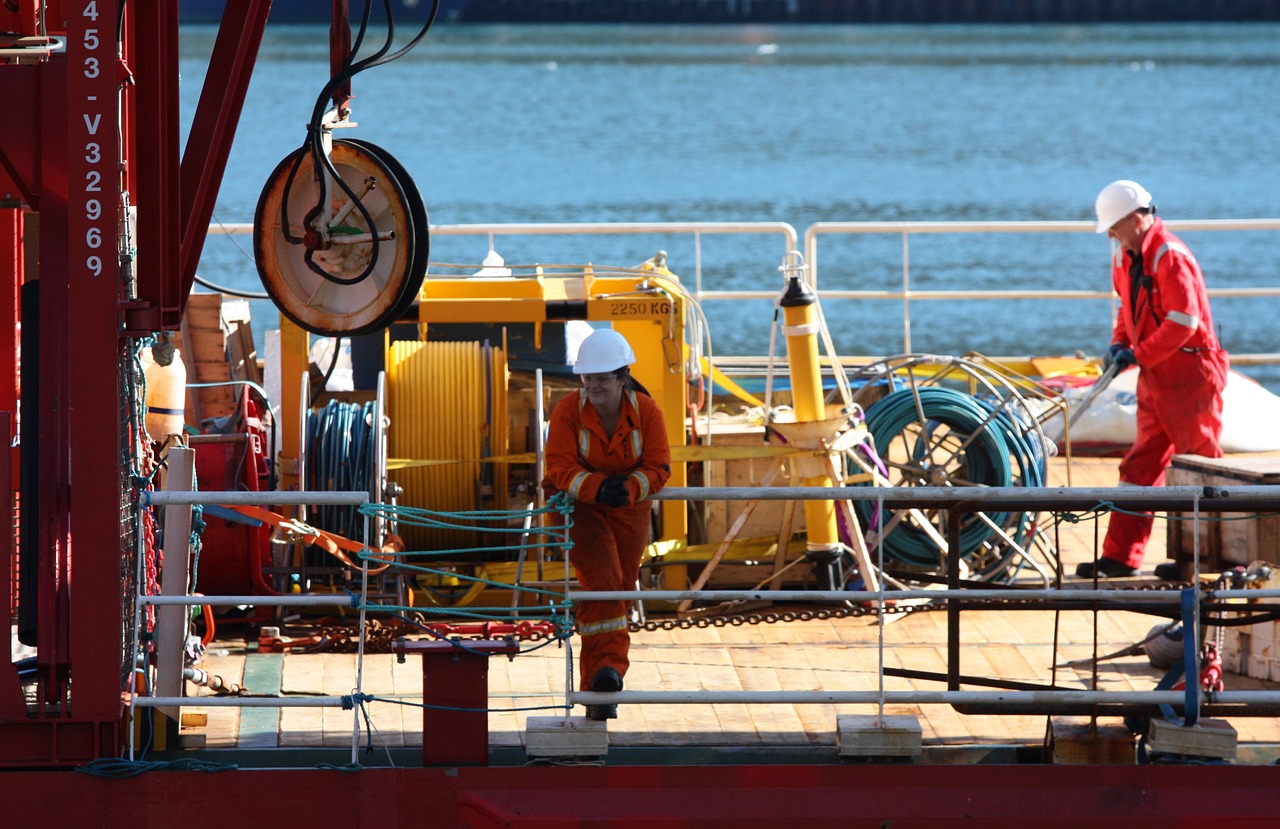
Seasonal Inspections
When it comes to maintaining your cabin, are not just a good idea; they are essential for ensuring that your sanctuary remains safe and functional throughout the year. Each season brings its own set of challenges and potential hazards, so understanding what to look for during these inspections can save you time, money, and stress in the long run. Imagine your cabin as a living entity that needs regular check-ups to stay healthy and vibrant. Just like you wouldn’t skip a doctor’s appointment, your cabin deserves the same level of care and attention.
In the spring, it's vital to check for any winter damage. Snow and ice can wreak havoc on roofs and gutters, so be sure to inspect these areas closely. Look for:
- Cracks or leaks in the roof
- Clogged gutters that could lead to water damage
- Signs of mold or mildew that may have developed during the colder months
Moving on to summer, this is the perfect time to focus on the exterior of your cabin. The warm weather allows for painting and sealing, which can protect your wood from the elements. Check for:
- Peeling paint or stains
- Insect infestations, particularly termites
- Any structural issues that may have arisen due to heat or humidity
As autumn approaches, the focus shifts to preparing for the upcoming winter. Inspect your heating system to ensure it’s functioning efficiently. This includes:
- Cleaning or replacing filters in your heating system
- Checking for drafts around windows and doors
- Stocking up on firewood if you have a fireplace
Finally, in the winter, while you may not want to venture outside, it’s crucial to keep an eye on your cabin’s integrity. Heavy snowfall can lead to roof collapses if not monitored. Regularly clear snow off the roof and check:
- For ice dams that can cause leaks
- That the heating system is working properly
- That pipes are insulated to prevent freezing
By conducting these seasonal inspections, you’re not just preventing emergencies; you’re also ensuring that your cabin remains a cozy retreat for years to come. Think of these inspections as a way to strengthen the bond between you and your cabin—a relationship built on care and vigilance.
Q: How often should I conduct seasonal inspections?
A: Ideally, you should conduct inspections at the beginning of each season to address any issues that may arise due to changing weather conditions.
Q: What tools do I need for these inspections?
A: Basic tools like a ladder, flashlight, and a moisture meter can be very helpful. Additionally, having a checklist can ensure you don’t miss any critical areas.
Q: Should I hire a professional for inspections?
A: While you can perform many inspections yourself, hiring a professional for complex systems like HVAC or roofing is advisable to ensure safety and thoroughness.
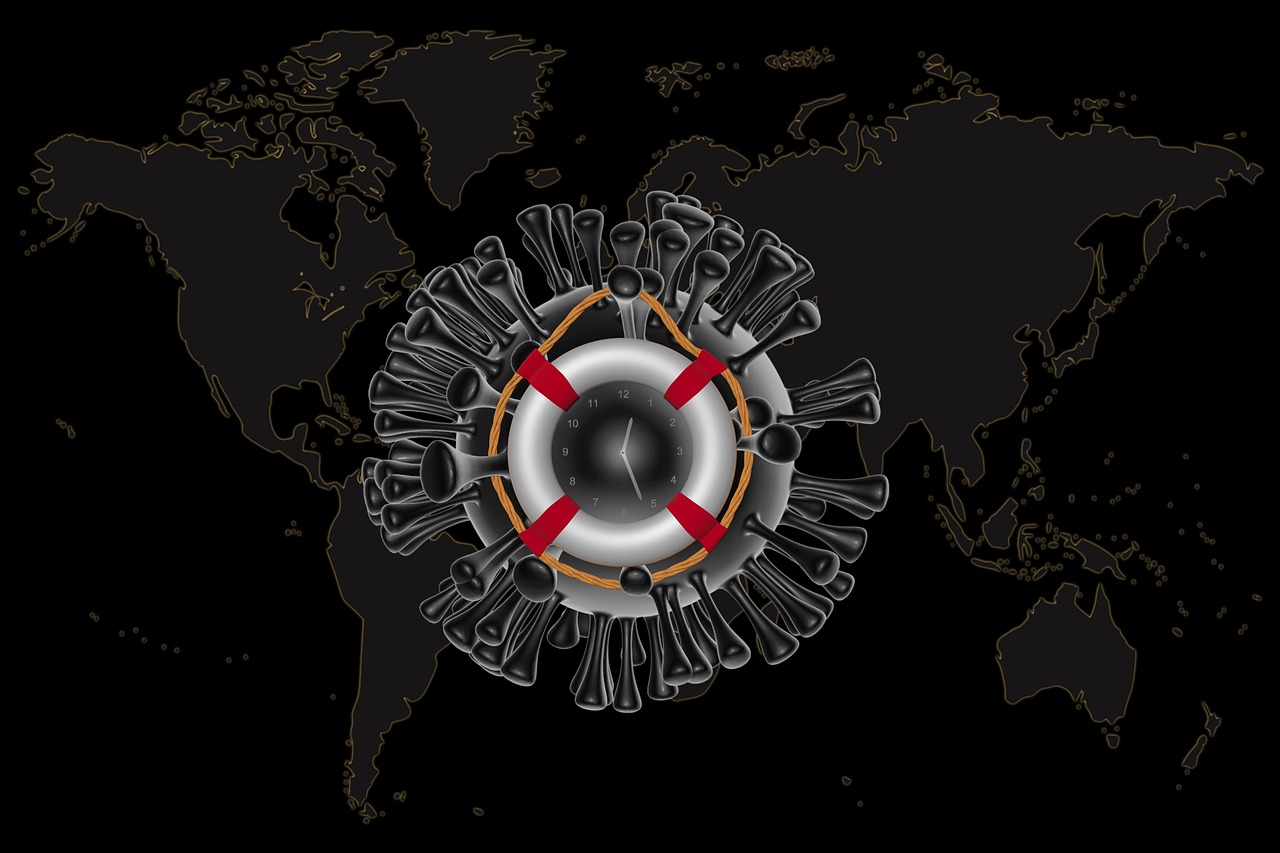
Emergency Repairs
When disaster strikes, the last thing you want is to be caught unprepared, especially when it comes to emergency repairs at your cabin. Imagine a storm tearing off a section of your roof or a broken pipe flooding your living space. These situations can escalate quickly, leading to more significant damage if not addressed immediately. Therefore, having a plan in place for emergency repairs is not just a good idea—it's essential for safeguarding your cabin and ensuring your safety.
First and foremost, it's crucial to have a well-stocked toolbox that can handle various repair needs. Think of it as your cabin's first line of defense against unexpected mishaps. Here are some basic tools and materials you should always have on hand:
- Hammer - For nailing things back together.
- Screwdriver Set - Essential for tightening loose fixtures.
- Wrench - Useful for plumbing issues.
- Duct Tape - The ultimate quick-fix solution for almost anything.
- Wooden Planks - Handy for patching up holes or reinforcing structures.
- Tarps - Great for covering leaks or broken windows temporarily.
In addition to tools, consider keeping some essential materials like nails, screws, and a roll of waterproof tape. These items can be lifesavers when you need to make quick fixes. Having a supply of these materials allows you to perform emergency repairs efficiently, minimizing the risk of further damage to your cabin.
Now, let’s talk about how to tackle some common emergency repairs. For instance, if you encounter a leaky roof during a heavy rainstorm, your immediate goal is to stop the water from entering. Use tarps to cover the affected area until you can make a more permanent repair. If a tree branch has broken a window, cover the opening with plywood or a tarp to keep the elements out while you source a new window pane.
Another critical aspect of emergency repairs is knowing when to call in the professionals. While it’s great to be handy, some situations require expert intervention. If you’re dealing with electrical issues or significant structural damage, it’s best to contact a qualified contractor. Don’t let pride or the desire to save money put you and your loved ones at risk. Remember, safety first!
Lastly, it’s always a good idea to document any repairs you make. Keeping a log of what was done and when can be invaluable for insurance claims and future maintenance. You can create a simple table to track repairs, noting the date, type of repair, and any materials used:
| Date | Type of Repair | Materials Used |
|---|---|---|
| 2023-10-01 | Roof Leak | Tarps, Waterproof Tape |
| 2023-10-05 | Broken Window | Plywood, Nails |
In summary, being prepared for emergency repairs at your cabin can make all the difference in mitigating damage and ensuring your safety. Equip yourself with the right tools, know how to perform basic repairs, and don’t hesitate to call for help when needed. By taking these steps, you can enjoy your cabin with peace of mind, knowing that you're ready for whatever nature throws your way.
Q: What should I include in my emergency repair kit?
A: Your emergency repair kit should include basic tools like a hammer, screwdrivers, a wrench, duct tape, wooden planks, and tarps. Additionally, consider having nails, screws, and a waterproof tape.
Q: When should I attempt to make repairs myself?
A: You can handle minor repairs like patching leaks or securing broken windows. However, for electrical issues or major structural damage, it's best to consult a professional.
Q: How can I prepare my cabin for winter emergencies?
A: Ensure your heating system is functional, check for drafts, and insulate pipes to prevent freezing. Regular maintenance before winter can help avoid emergencies during the season.
Frequently Asked Questions
- What should I include in my emergency kit for my cabin?
When prepping your emergency kit, think of it as your survival toolbox. Essential items to include are non-perishable food, clean water, a first-aid kit, flashlights, batteries, a multi-tool, and a whistle. Don't forget personal medications and important documents! It's like packing for a camping trip, but with a focus on safety and survival.
- How can I purify water during an emergency?
Purifying water is crucial, especially if you're in a survival situation. You can boil water for at least one minute, use water purification tablets, or invest in a filtration system. Each method has its perks—boiling is reliable, while tablets are super convenient. Think of it as making sure your water is as clean as your cabin is cozy!
- What types of food are best for long-term storage?
For long-lasting food options, focus on items like canned goods, freeze-dried meals, rice, pasta, and dehydrated fruits. These foods are like the superheroes of your pantry—packed with nutrients and able to withstand the test of time. Just make sure to rotate your supplies regularly to keep everything fresh!
- How can I create an effective communication plan?
Creating a communication plan is like having a roadmap for emergencies. Start by compiling a list of emergency contacts, including local authorities and family members. Ensure everyone knows how to reach each other and establish meeting points. This way, you won't be left in the dark when things get tough!
- What maintenance tasks should I perform regularly?
Regular maintenance is your cabin's best friend! Check the roof for leaks, inspect the heating system, and clean gutters to prevent blockages. Think of it as giving your cabin a health check-up—keeping it in top shape can prevent emergencies before they even start!
- How often should I conduct seasonal inspections?
Seasonal inspections should be done at least four times a year, ideally at the beginning of each season. This ensures you're prepared for whatever Mother Nature throws your way. Just like you wouldn't wear flip-flops in the snow, your cabin needs specific attention depending on the season!
- What tools should I keep on hand for emergency repairs?
For emergency repairs, keep a basic toolkit that includes a hammer, screwdrivers, pliers, duct tape, and a utility knife. These tools are like your cabin's first responders—ready to tackle any urgent issues that arise. Having them on hand can save you time and stress when you need it most!


